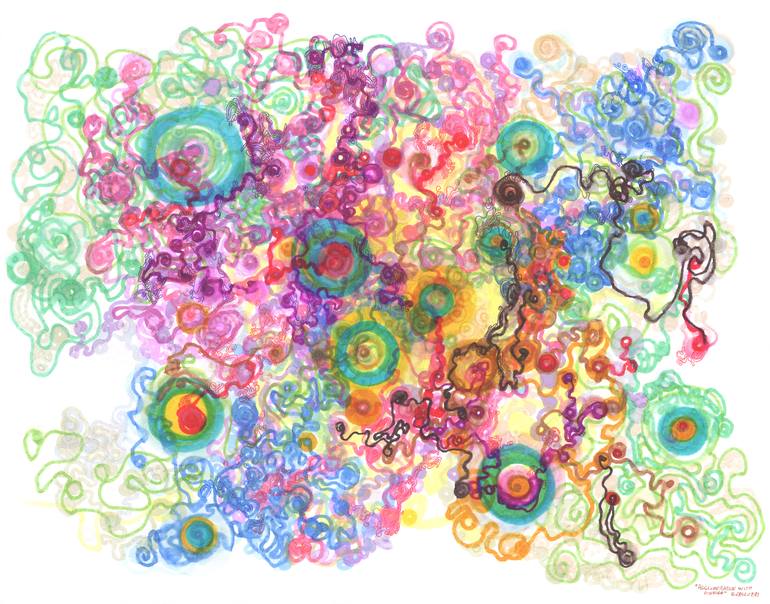


391 Views
2
View In My Room
Drawing, Ink on Paper
Size: 14 W x 11 H x 0.1 D in
Ships in a Box
391 Views
2
Artist Recognition

Artist featured in a collection
ABOUT THE ARTWORK
DETAILS AND DIMENSIONS
SHIPPING AND RETURNS
The original is not for sale through Saatchi. Please find my artist website (or order a print here) instead This drawing is matted in an archival mat with foam core backing. The matted outer dimension is 16 x 20 inches. I will sandwich the mat in more foamcore to protect the piece from bending ...
Year Created:
2016
Subject:
Mediums:
Drawing, Ink on Paper
Rarity:
One-of-a-kind Artwork
Size:
14 W x 11 H x 0.1 D in
Ready to Hang:
Not Applicable
Frame:
Not Framed
Authenticity:
Certificate is Included
Packaging:
Ships in a Box
Delivery Cost:
Shipping is included in price.
Delivery Time:
Typically 5-7 business days for domestic shipments, 10-14 business days for international shipments.
Returns:
Free returns within 14 days of delivery. Visit our help section for more information.
Handling:
Ships in a box. Artists are responsible for packaging and adhering to Saatchi Art’s packaging guidelines.
Ships From:
United States.
Need more information?
Need more information?
Regina Valluzzi
United States
I am offering a selection of Abstracts and abstracted Science theme work on Saatchi. Please search for me online for my Landscape and Tree of Life bodies of work. I often ask myself whether I'm a physical scientist who also paints, or a painter who has studied a bit too much physics and chemistry. Physics and Chemistry have become a big part of how I model and understand the world. I approach paint texture in terms of it's viscoelastic properties, and color in terms of pigments and their spectra. If you take a cadmium inorganic red and it's organic substitute, gently tweak them so they look almost identical in indirect daylight, will they behave differently in incandescent light? Sunlight? Late afternoon light? (controlled lab light?) Unlike people, fruit, landscapes and other traditional painting subjects, technical ideas and objects don't have an "appearance" in any normal sense of imagery. They're imagined and depicted as visual ideas that guide us through complex phenomena. For example what do like bonds in molecules really look like? Or the quantum not-quite-existence of high vacuum-spawned subatomic particles? The softly dancing dynamic structures in complex fluids? What about "things" that are too small and too delicate for even the best electron microscopes (TEM - SEMs are toys)? I've found that many images scientists create serve as visual similes to data and hypotheses, and as visual metaphors for complex and often highly abstract concepts. These metaphors and their stylized interpretation inspire and guide my "abstract" work.
Artist Recognition

Artist featured by Saatchi Art in a collection
Why Saatchi Art?
Thousands of
5-Star Reviews
We deliver world-class customer service to all of our art buyers.
Global Selection of Original Art
Explore an unparalleled artwork selection from around the world.
Satisfaction Guaranteed
Our 14-day satisfaction guarantee allows you to buy with confidence.
Support Emerging Artists
We pay our artists more on every sale than other galleries.
